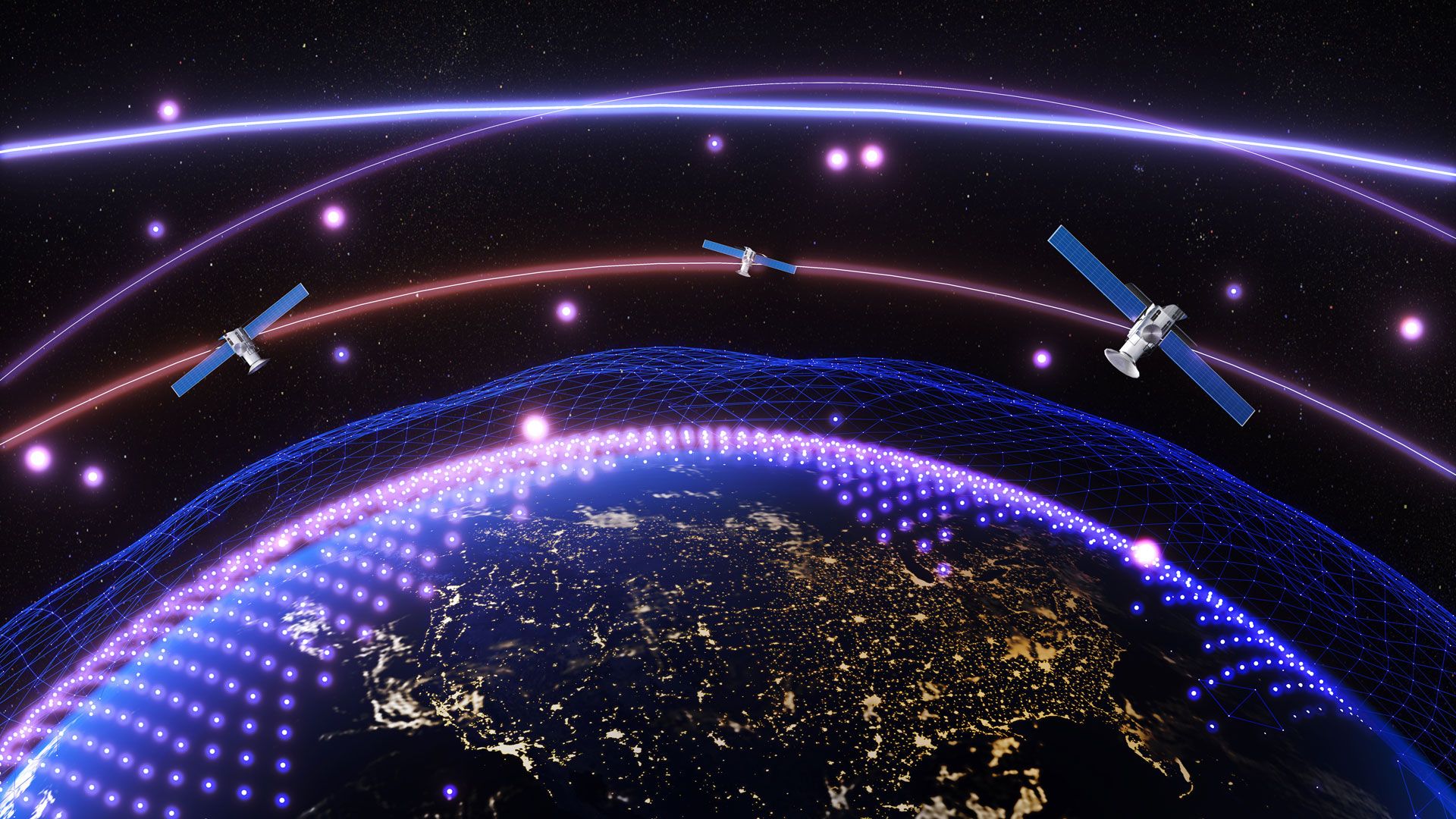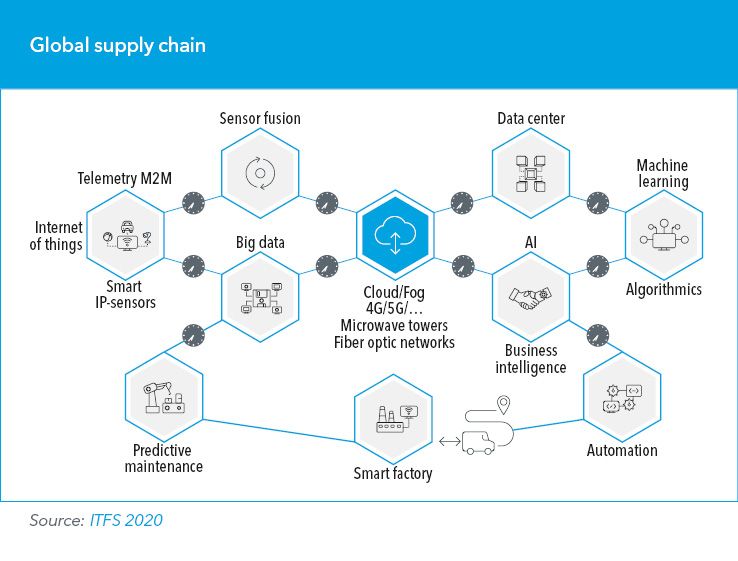
The impact of UTC on Industry 4.0


Tomasz Widomski, Co-founder, Elproma
The global economy depends on the global navigation satellite system (GNSS), which provides the coordinated universal time (UTC) reference to critical modern infrastructure worldwide.
This includes distributed smart grids, 5G telecom networks, traffic-control systems, and autonomous vehicles. It supports broadcasting services, financial markets, and smart cities, as well as Industry 4.0 systems migrated to the cloud.

Leap-second challenges for Industry 4.0
The non-continuous nature of UTC, which requires periodically adding a leap second, affects all countries and all segments of every economy. It poses a particular problem for the stability and cybersecurity of Industry 4.0, the modern industries and services reliant on distributed system architecture.
Issues with the leap second have existed for years. But exponentially growing automation and the close interdependence of entire Industry 4.0 systems have given rise to a need for the urgent suspension of future leap seconds.
The situation is complicated by the lack of leap-second servicing standards, poor dialogue between the information technology (IT) and time metrology communities, the diversity of implementation for GNSS receivers, and the different approaches to service provision among global satellite navigation systems such as the Global Positioning System (GPS), Galileo, the Global Navigation Satellite System (GLONASS) and BeiDou, and regional systems like the Indian Regional Navigation Satellite System (IRNSS).
Disruption scenarios
The problems arising from adding leap seconds to UTC can include:
- Time discrepancies in distributed systems, where the validity of data is determined by the difference between timestamps for the remote sensor and the local receiving server of the centralized management. This can lead to the acceptance of invalid data (wrongly computed delay) and, consequently, to the wrong Industry 4.0 predictive maintenance. Such risks will increase with the growing adoption of time-sensitive networking (TSN), time-coordinated computing (TCC) and in future, low-latency networking.
- Failures of firmware software for Internet of things (IoT) and IT devices based on Windows, Linux, or Unix operating systems. Every sensor or appliance produced today has firmware based on one of those systems. The unexpected peaks in time introduced by the leap second are dangerous for the stability of the operating system kernel. They disturb the low-level event chronology that governs concurrency management and low-level system processes. Mismatches in chronology can result in “kernel panic” — a computer error from which an operating system cannot quickly or easily recover.
In such scenarios, the UTC leap second can trigger a large-scale domino effect, producing blackouts in power systems and telecommunications, as well as disrupting railways, air-traffic control, and Industry 4.0 process automation. Sooner or later, such failures will occur unless a leap second suspension is put into effect.
Industry risks
Today, we face the likelihood of a future leap second in UTC needing to be, for the first time in history, negative. In the working environment of Industry 4.0 production, this will be a dangerous experiment.
While the UTC leap second is the leading risk, it is not the only risk for Industry 4.0. Since the very first commercial GPS receiver was released in the 1990s, several hundreds of millions of commercial GNSS receivers have been deployed and used as UTC references. Yet they each calculate UTC a fraction of a second differently, due to variations in internal algorithms and depending on the current GNSS constellation they are using.
Accuracy in UTC synchronization also depends on weather conditions, quality of antenna installation, interferences, and cybersecurity, including GNSS jamming/spoofing. All these are further subject to the risk of internal GNSS errors (e.g., the GPS SVN23 13.5 microsecond (µs) error in January 2016) or overflows, such as the GPS week number rollover every 19.7 years.
Other GNSS constellations are similarly imperfect.
Synchronization for cybersecurity
Clearly, we need a security paradigm change, starting with a recognition of precise time synchronization as an important part of Industry 4.0 cybersecurity.
A good example is US Presidential Executive Order EO13905: Strengthening National Resilience Through Responsible Use of Positioning, Navigation, and Timing Services, released in February 2020. It opened the way for new low-Earth orbit (LEO) commercial satellite constellations. Crucially, it has also promoted computer-network synchronization protocols, such as the network time protocol (NTP) and precision time protocol (PTP) IEEE1588, both of which disseminate UTC from the national metrology institutes.
While the network time protocol was innately designed to use UTC, the precision time protocol can work with any time scale, including the coherent international atomic time (TAI) equivalent.
This article first appeared in ITU News Magazine: The future of Coordinated Universal Time – part of a series of editions on topics to be discussed at the World Radiocommunication Conference (WRC-23), from 20 November to 15 December in Dubai, UAE.
Download your copy of the ITU News Magazine: The future of Coordinated Universal Time.
Header image credit: Adobe Stock
